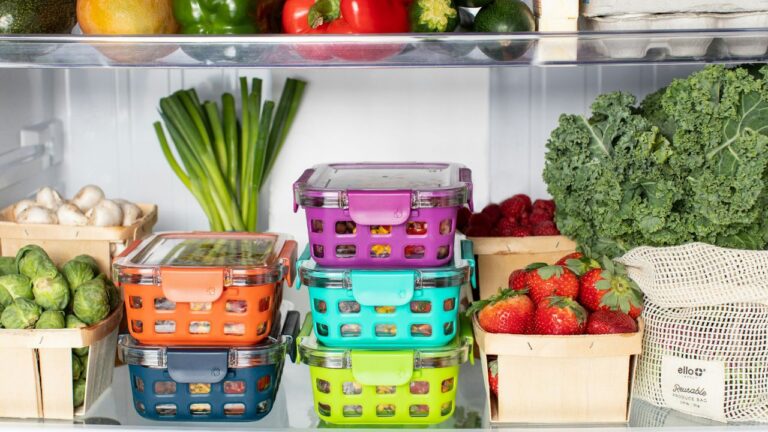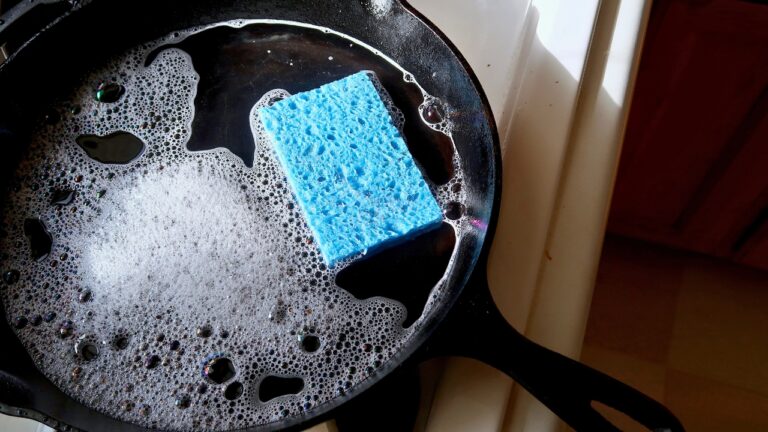9 daily routines that are costing you $80 a month
It’s easy to overlook the habits that drain your wallet because they feel small in the moment. A few dollars here, a couple of splurges there—before you know it, those routines are adding up to real money. The truth is, many of the things you do automatically each day can quietly cost you around $80 a month, sometimes more. By spotting the patterns and making small changes, you can keep the routine but cut the waste.
Buying coffee instead of brewing at home

Stopping for coffee every morning doesn’t feel expensive when it’s only a few dollars, but it adds up fast. Even at $4 a cup, five days a week is $80 a month on its own. Compare that to the cost of brewing at home, and you’ll see the gap right away.
If you like café-style drinks, you can invest in a good travel mug and a milk frother for less than one month’s worth of takeout coffee. That way, you still get the flavor and convenience without the price tag.
Running the dishwasher half-empty

Starting a cycle when the dishwasher is only half full may feel convenient, but it’s costing you money in water, energy, and detergent. A single load can run about 50 cents to a dollar depending on your utility rates, and those extra cycles add up.
If you run it five times a week instead of three, that’s an extra $10–$15 a month. Learning to load it efficiently and waiting until it’s full saves you both time and money over the long run.
Leaving lights and electronics on all day
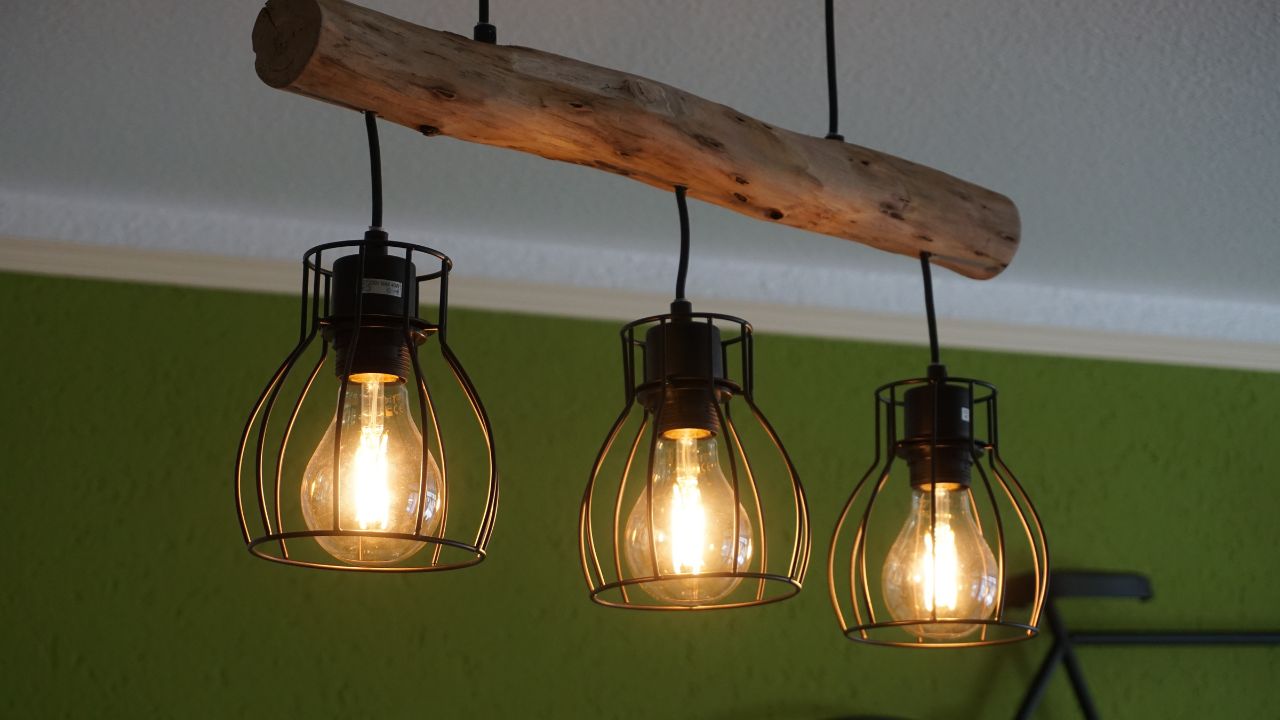
It’s easy to leave lights or devices running when you’re moving through your day, but that wasted electricity adds up. Even small things like leaving the TV on in the background can tack a few extra dollars onto your bill each month.
Switching to LEDs helps, but the bigger saver is getting in the habit of turning things off when you’re not using them. That simple change can trim $10–$20 a month from your utility bill without feeling like a sacrifice.
Buying bottled water instead of refilling
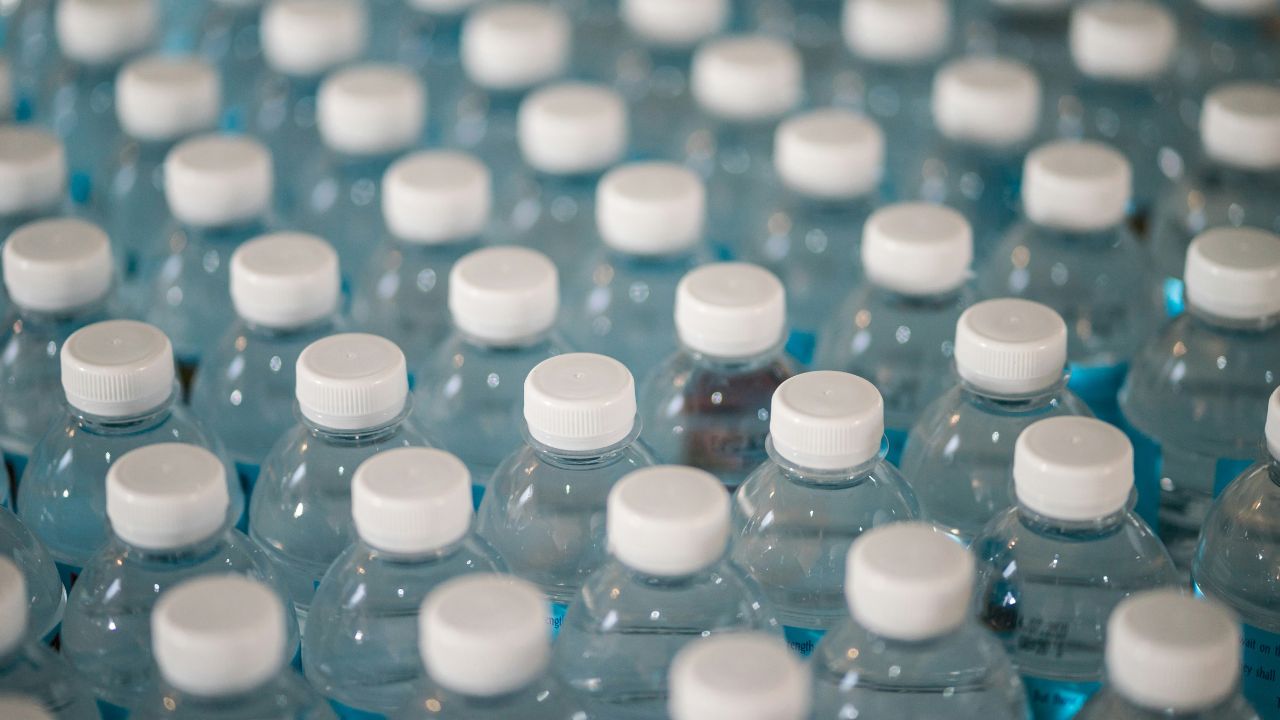
Grabbing bottled water might feel like a healthy choice, but it’s one of the sneakiest ways money slips away. Even if you’re paying only $1 a bottle, having one or two a day quickly adds up to $30–$60 a month.
A reusable bottle and a home filter system cost less than a week’s worth of bottled water. Once you make that switch, you’ll notice the savings almost immediately—and you’ll cut down on plastic waste at the same time.
Overusing single-use cleaning products
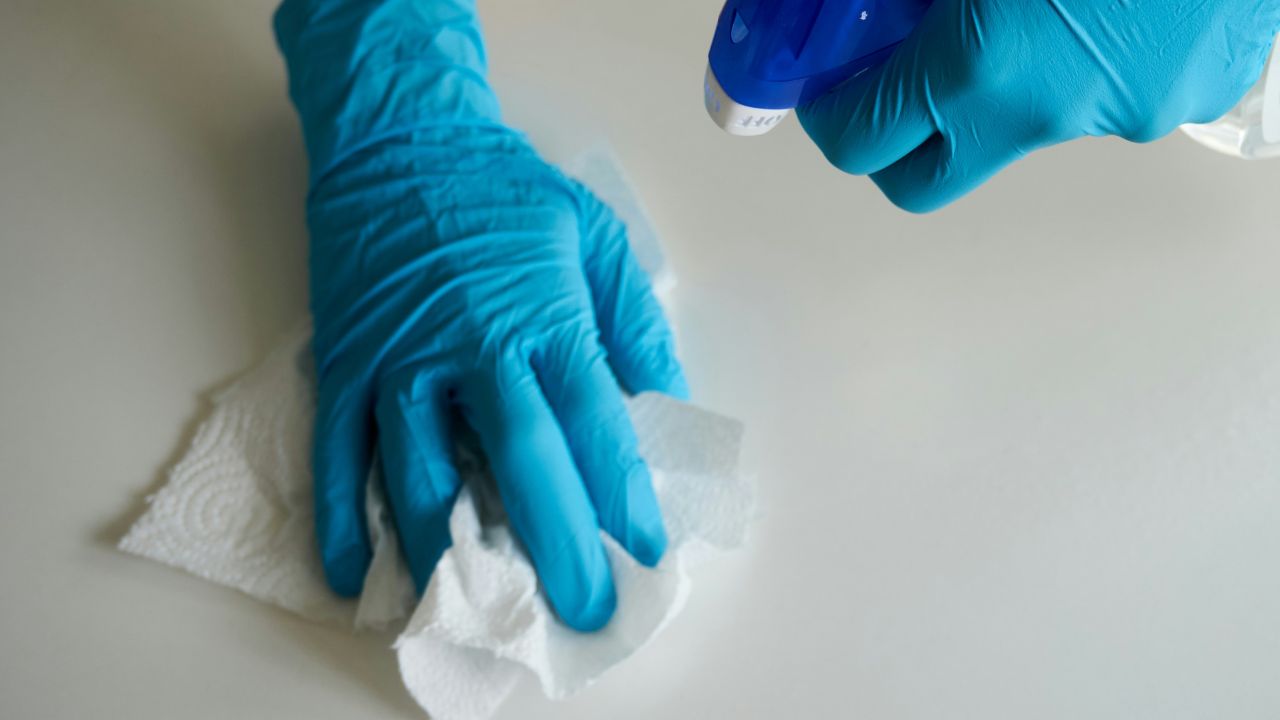
Convenience wipes and disposable cleaning tools are handy, but the costs stack up faster than you think. Buying packs of wipes, Swiffer pads, or paper towels regularly can easily eat into your budget.
Instead, switching to reusable cloths or washable mop pads can save you $10–$15 a month. It’s one of those changes where you don’t notice much difference in your routine, but your budget sees the results.
Grabbing lunch out instead of packing

A $10 or $12 lunch doesn’t feel like much, but if you’re doing it three or four times a week, it’s $40–$50 right there. Multiply that by a month, and you’ve blown past $150 without realizing it.
Packing leftovers or easy meals at home costs a fraction of that. Even cutting back to one or two takeout lunches a week can save you $40 a month, which adds up quickly over time.
Ignoring small leaks and drips

That leaky faucet or constantly running toilet may seem harmless, but they can add $10–$20 to your water bill every month. Over a year, that’s hundreds of dollars wasted literally going down the drain.
Most small leaks can be fixed with a cheap washer or a quick adjustment. Taking care of them early keeps your utilities lower and prevents bigger, more expensive repairs later.
Using the dryer for everything

Tossing every load into the dryer is convenient, but it’s also one of the biggest energy costs in your house. Each load can cost 25–50 cents depending on your machine, and if you’re doing multiple loads a week, that adds up fast.
Hang-drying a few loads a month or even switching to lower heat can save you $10–$15. It’s a small change that adds up without taking away the convenience completely.
Paying subscription fees you don’t use

It’s easy to forget about subscriptions that auto-renew each month. Whether it’s streaming services, apps, or delivery memberships, unused subscriptions can eat into your budget. Even two or three forgotten charges can easily hit $20–$30 a month.
Go through your statements and cancel the ones you rarely use. You’ll free up money without missing much, and you might be surprised at how quickly the savings add up.
*This article was developed with AI-powered tools and has been carefully reviewed by our editors.





